Pending Business: Post-Game
By Steve Lapa
Lapcom Communications Corp
President
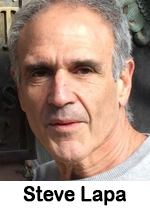 In case you missed it, honesty was on full display at Friday’s TALKERS 2024: Radio and Beyond conference.
In case you missed it, honesty was on full display at Friday’s TALKERS 2024: Radio and Beyond conference.
Sometimes honest or transparent B2B conversations are difficult to digest. But when the truth is presented in an open forum designed to educate and motivate better to listen closely.
High five to keynoter Glenn Beck who shared his personal journey from the bottom to the top. His keynote was clear, honest messaging. Fame and fortune are no substitute for being true to yourself, honest about why and what you do in this business. What will you contribute that will make a difference? Love him or hate him, Beck is a proven, successful professional at what he does best: make you think.
Straight forward hallway conversations with fellow panelist Vince Benedetto, CEO of Bold Gold Media, were philosophical eye openers. Vince is a young, successful owner operator of small and medium market radio stations. Why is radio perceived as a “still is” good business when all his teams know is today’s success? Did someone tell him sales orders rolled in on fax machines? If that was the case, maybe radio stations should go back to faxing. Vince has no rear-view mirror, no experience with the “good old days” – just today’s and tomorrow’s successful opportunities. I explained to Vince, I’ve worked with the frenemy, and it is the generation ahead of him. We who overlook and assume the basics of over 90% radio listenership. It is us who need a look in the mirror!
A moment of honesty comment from John Caracciolo, CEO of JVC Media, was short and to the point, “Where are the bankers?” Nowhere near most local radio station owner operators. Maybe that will change as more terrestrial radio owners, managers, and talent fast forward embracing the future of digital and social media integration.
The research Salem Media Group SVP Phil Boyce shared was inspiring and thought provoking. His numbers tell the compelling story of audience dynamics and choices, especially when we hear how people are listening to radio for longer periods of time. Does anyone honestly care to pitch that key sales point?
Let’s wrap this column up with three key takeaways from the conference:
1. The radio business is alive but wrestling with a future crowded by aggressive competition from the new digital/social media frontier.
2. Successful leaders need trusted, experienced collaborators. Learn from the great Warren Buffet.
3. It takes passion, commitment, expertise, and a great team to stage the annual TALKERS conference. Thank you, Michael Harrison. I learned a lot!
Steve Lapa is the president of Lapcom Communications Corp. based in Palm Beach Gardens, FL. Lapcom is a media sales, marketing, and development consultancy. Contact Steve Lapa via email at: Steve@Lapcomventures.com.



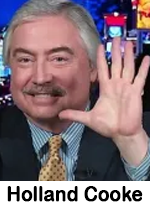 Got young local radio news talent? CONGRATULATIONS, for five reasons:
Got young local radio news talent? CONGRATULATIONS, for five reasons:
 When recently starting nightly on WPHT, Philadelphia, I asked program director Greg Stocker if there was anything else management needed from me. Greg said, “Do your show.”
When recently starting nightly on WPHT, Philadelphia, I asked program director Greg Stocker if there was anything else management needed from me. Greg said, “Do your show.”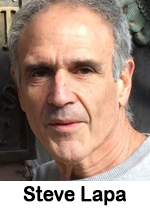 Almost everything I know about pricing strategy I learned from domestic airlines. Guess what? Airlines are at it again and I hope you are watching and learning.
Almost everything I know about pricing strategy I learned from domestic airlines. Guess what? Airlines are at it again and I hope you are watching and learning.
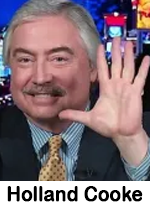 Today, consultant Holland Cooke writes, “With 850-plus confirmed 2024 tornadoes – just halfway through the season – each night’s network TV newscast can make you “thankful that we don’t live THERE…” And with more gnarly weather on the way this week across much of the USA, he reckons that, “regardless of your format, your station can be the weather button that listeners will push, and advertisers can sponsor.” And he suggests a tactic proven over 80 years ago.
Today, consultant Holland Cooke writes, “With 850-plus confirmed 2024 tornadoes – just halfway through the season – each night’s network TV newscast can make you “thankful that we don’t live THERE…” And with more gnarly weather on the way this week across much of the USA, he reckons that, “regardless of your format, your station can be the weather button that listeners will push, and advertisers can sponsor.” And he suggests a tactic proven over 80 years ago. 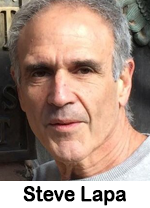 What happened to us? Unless we move quickly, the radio business stands to lose the final frontier: in-car listening.
What happened to us? Unless we move quickly, the radio business stands to lose the final frontier: in-car listening.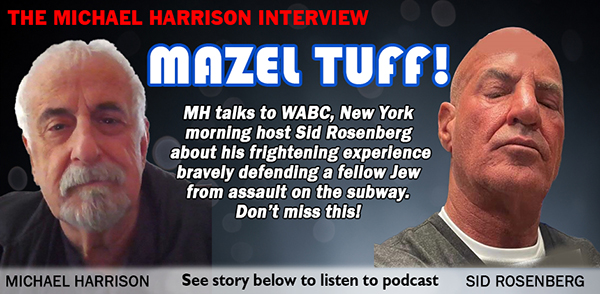
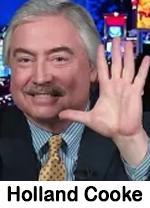 Because you can? Because you aren’t doing AM/FM radio? Because you are on radio, but can’t-do-there what you can-do podcasting? Because you are making money podcasting?
Because you can? Because you aren’t doing AM/FM radio? Because you are on radio, but can’t-do-there what you can-do podcasting? Because you are making money podcasting?
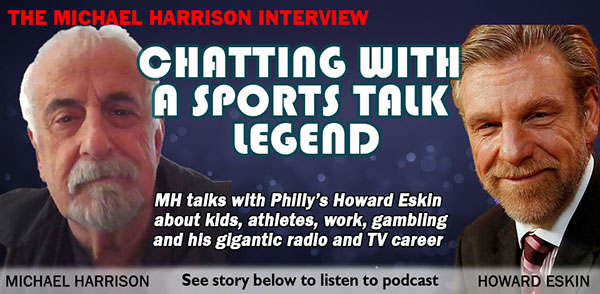
 This week, I started a five-night show on Audacy’s WPHT, Philadelphia. Thank you, market president David Yadgaroff. Because of my tenure in the industry, I received a flattering, humbling number of emails from colleagues in radio. THANK YOU. The support and encouragement are appreciated and certainly needed!
This week, I started a five-night show on Audacy’s WPHT, Philadelphia. Thank you, market president David Yadgaroff. Because of my tenure in the industry, I received a flattering, humbling number of emails from colleagues in radio. THANK YOU. The support and encouragement are appreciated and certainly needed! Does anyone care anymore?
Does anyone care anymore?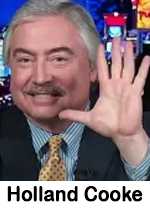 Actor Hugh Grant’s Tweet called it “The destruction of the human experience. Courtesy of Silicon Valley.” He was reacting to Apple’s
Actor Hugh Grant’s Tweet called it “The destruction of the human experience. Courtesy of Silicon Valley.” He was reacting to Apple’s 
 There is something about 40.
There is something about 40. Ratings – and advertisers’ results – reward what listeners remember, what sticks-out, not clichés that blend-in. So, avoid blah-blah-blah such as…
Ratings – and advertisers’ results – reward what listeners remember, what sticks-out, not clichés that blend-in. So, avoid blah-blah-blah such as…
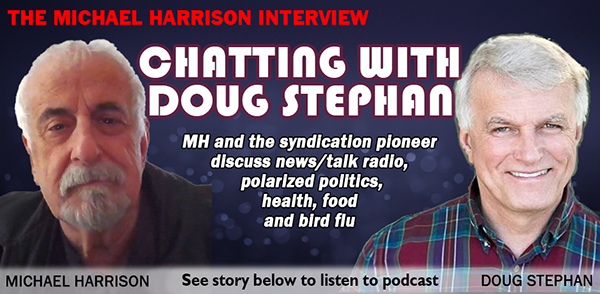
 To be an expert in marketing requires expertise in how memory works. Early in my consultant practice, I studied and read every book I could find on the processes of memory. The best book is Effective Frequency: The Relationship Between Frequency and Advertising Effectiveness. Put simply, how many times does a consumer have to hear a message before it has impact? The book, a collection of studies, is the foundation for every qualitative study in the field today.
To be an expert in marketing requires expertise in how memory works. Early in my consultant practice, I studied and read every book I could find on the processes of memory. The best book is Effective Frequency: The Relationship Between Frequency and Advertising Effectiveness. Put simply, how many times does a consumer have to hear a message before it has impact? The book, a collection of studies, is the foundation for every qualitative study in the field today.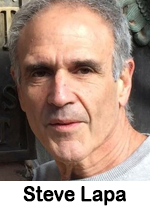 It’s complicated, this whole Federal Trade Commission ruling potentially banning the non-compete. Considering where you stand on the non-compete concept, it’s really all about evaluating the five “C” profile of your media business.
It’s complicated, this whole Federal Trade Commission ruling potentially banning the non-compete. Considering where you stand on the non-compete concept, it’s really all about evaluating the five “C” profile of your media business. APPLAUSE for Daniel Centofanti, a good egg, known to several generations of Southern New Englanders as “Giovanni,” mornings on WPRO-FM, Providence… until today, the 50th anniversary of the station’s format flip from Beautiful Music to CHR.
APPLAUSE for Daniel Centofanti, a good egg, known to several generations of Southern New Englanders as “Giovanni,” mornings on WPRO-FM, Providence… until today, the 50th anniversary of the station’s format flip from Beautiful Music to CHR.
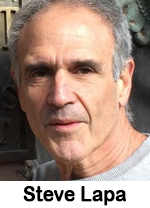 Time to thank the lawyers in the Donald Trump trial for once again proving beyond any doubt the power of talk radio.
Time to thank the lawyers in the Donald Trump trial for once again proving beyond any doubt the power of talk radio. I asked ChatGPT: “Vendors are now offering radio stations a service that delivers advertising commercial copy generated by AI. Because AI draws from what’s already been done, this risks sound-alike scripts. Is there a list of commercial clichés users should instruct AI to exclude?”
I asked ChatGPT: “Vendors are now offering radio stations a service that delivers advertising commercial copy generated by AI. Because AI draws from what’s already been done, this risks sound-alike scripts. Is there a list of commercial clichés users should instruct AI to exclude?”
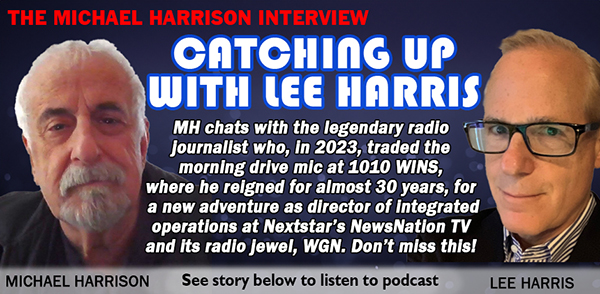
 Growing a brand is a memory game. Which message will a target consumer value, remember it and take it to the cash register? The answer is not complicated but it is complex.
Growing a brand is a memory game. Which message will a target consumer value, remember it and take it to the cash register? The answer is not complicated but it is complex.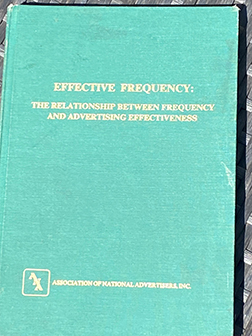 about all the science any of us have been tutored in on the subject of effective frequency.
about all the science any of us have been tutored in on the subject of effective frequency.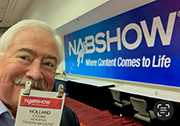 If you’re looking to jump-start – or optimize – your video interview technique, this session alone was worth the trip to Las Vegas. Washington-based video content strategist/producer/interviewer
If you’re looking to jump-start – or optimize – your video interview technique, this session alone was worth the trip to Las Vegas. Washington-based video content strategist/producer/interviewer  The media headlines are dizzying these days, yet they all share one common thread. See if you can solve this puzzle.
The media headlines are dizzying these days, yet they all share one common thread. See if you can solve this puzzle.
 Having written thousands of commercials and promos, I’ve become a copy connoisseur. And, admittedly, a tough grader when it comes to delivery. Sell me and you’re good.
Having written thousands of commercials and promos, I’ve become a copy connoisseur. And, admittedly, a tough grader when it comes to delivery. Sell me and you’re good.
 The work-life balance concept is up for a new spin. Let us start in California.
The work-life balance concept is up for a new spin. Let us start in California. It seems every hour Nielsen and Pierre Bouvard of Cumulus fame (formerly of Westwood One) put out a release stating that radio is just fine, thank you. Radio is more persuasive than TV, direct mail, streaming and print. Radio is a proven success for over 100 years. Most of the buildings housing Procter & Gamble were built on radio – not TV – advertising success. Happily, P&G realized radio’s clout and is now a dominant radio advertiser – again!
It seems every hour Nielsen and Pierre Bouvard of Cumulus fame (formerly of Westwood One) put out a release stating that radio is just fine, thank you. Radio is more persuasive than TV, direct mail, streaming and print. Radio is a proven success for over 100 years. Most of the buildings housing Procter & Gamble were built on radio – not TV – advertising success. Happily, P&G realized radio’s clout and is now a dominant radio advertiser – again!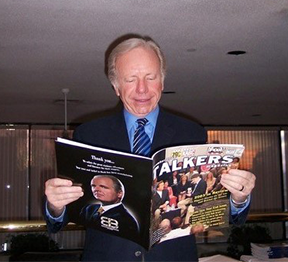 week’s installment of the award-winning PodcastOne series, “The Michael Harrison Interview.” The program includes an archived interview conducted with Lieberman in 2018 for the podcast which offers valuable insight into his perspective on the Electoral College and the presidency of Donald Trump among other historic issues. Harrison describes the late senator and former VP candidate as, “one of the last true American statesmen of the modern era.”
week’s installment of the award-winning PodcastOne series, “The Michael Harrison Interview.” The program includes an archived interview conducted with Lieberman in 2018 for the podcast which offers valuable insight into his perspective on the Electoral College and the presidency of Donald Trump among other historic issues. Harrison describes the late senator and former VP candidate as, “one of the last true American statesmen of the modern era.”  The thing about outstanding performance is there is one key trait in the performer we can all agree on. It was on full display in front of millions during the past two weeks. It shows up every time an athlete takes the game to new levels, or an artist moves us out of our seats and collective comfort zone.
The thing about outstanding performance is there is one key trait in the performer we can all agree on. It was on full display in front of millions during the past two weeks. It shows up every time an athlete takes the game to new levels, or an artist moves us out of our seats and collective comfort zone. Pick a day, any day. At least one news item will have the little voice in your head hollering “TELL me you’re kidding!” After recent headlines, and as various plots thicken, that little voice might need a lozenge.
Pick a day, any day. At least one news item will have the little voice in your head hollering “TELL me you’re kidding!” After recent headlines, and as various plots thicken, that little voice might need a lozenge.